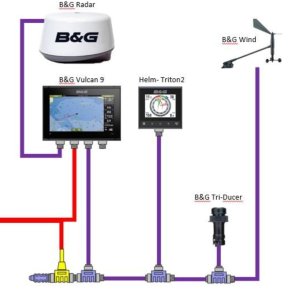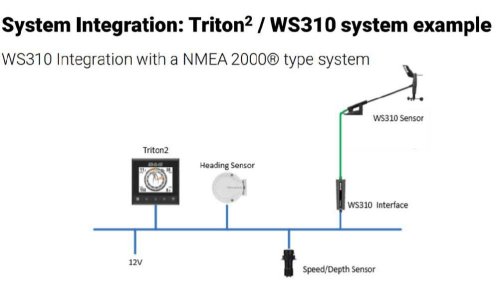dgadee
Well-known member
Triton2 shows all the devices I have attached to network. just having added RPi MacArhtur Hat (via Signal K) and Standard Horizon gx2400 (AIS and GPS). However, it won't take data from these latter items. I know the data is on the network because my RPi is showing AIS info from the VHF.
What might be the problem?
Wind and depth are what I have now.
What might be the problem?
Wind and depth are what I have now.


